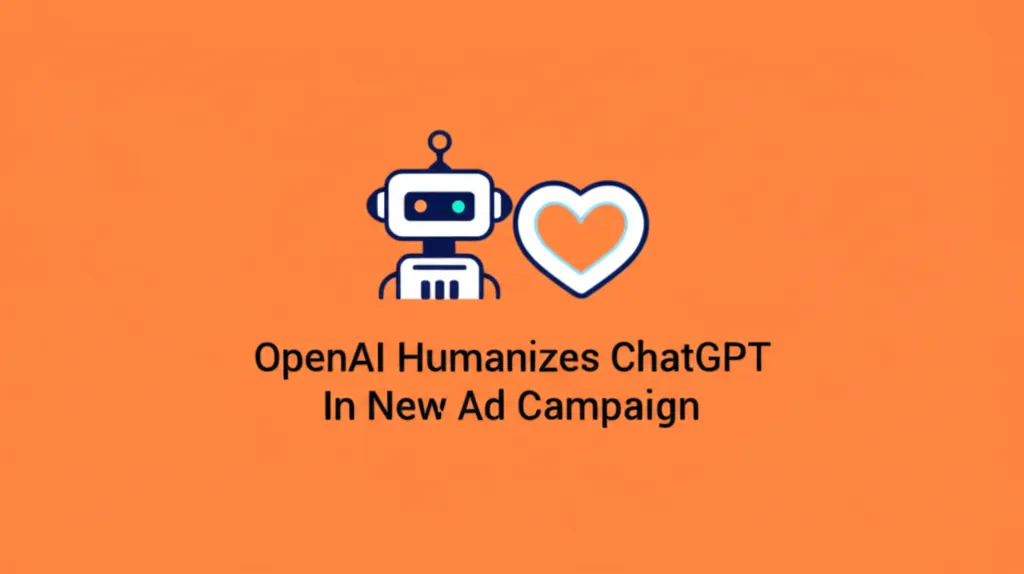Understanding Bot Verification In The Modern Web
The Constant Question Are You a Robot
If you have spent any time on the internet, you have undoubtedly encountered it: a prompt, a checkbox, or a puzzle asking you to prove you are human. The phrase Verifying that you are not a robot has become a familiar gateway to logging in, submitting a form, or even just accessing a website. While it can sometimes feel like a minor inconvenience, this verification step is a critical line of defense in the digital world, protecting websites and their users from a host of automated threats.
Why Websites Need to Verify Users
The need for bot verification stems from the malicious activities of automated programs, or bots. These bots can be programmed to perform a wide range of harmful actions at a scale and speed no human could match. Common threats include spamming comment sections with unwanted links, scraping website content for unauthorized use, attempting to break into user accounts through credential stuffing, and overwhelming services with denial-of-service (DDoS) attacks. By implementing a check that is easy for humans but difficult for computers, websites can effectively filter out this harmful automated traffic, ensuring the integrity of their services and the security of their user data.
The Evolution of Digital Gatekeeping
The most well-known form of bot verification is CAPTCHA, which stands for Completely Automated Public Turing test to tell Computers and Humans Apart. Early versions presented users with distorted text or numbers that were difficult for optical character recognition software to decipher. As bot technology advanced, so did CAPTCHAs. We moved from deciphering blurry words to identifying specific objects in a grid of images, such as traffic lights or crosswalks. This evolution reflects an ongoing arms race between website security measures and the increasingly sophisticated bots designed to circumvent them.
The Technology Behind Modern Verification
Today, many websites use more advanced systems that aim to be less intrusive. Modern verification services often work in the background, analyzing user behavior to generate a risk score. Factors like mouse movements, typing speed, and browsing patterns can help distinguish a human user from a bot. This is why you often see a simple checkbox that says I am not a robot. The act of clicking the box is less important than the behavioral data collected leading up to it. Only if the system detects suspicious patterns will it present a traditional challenge. This approach significantly improves the user experience while maintaining a high level of security, creating a smoother, safer internet for everyone.


